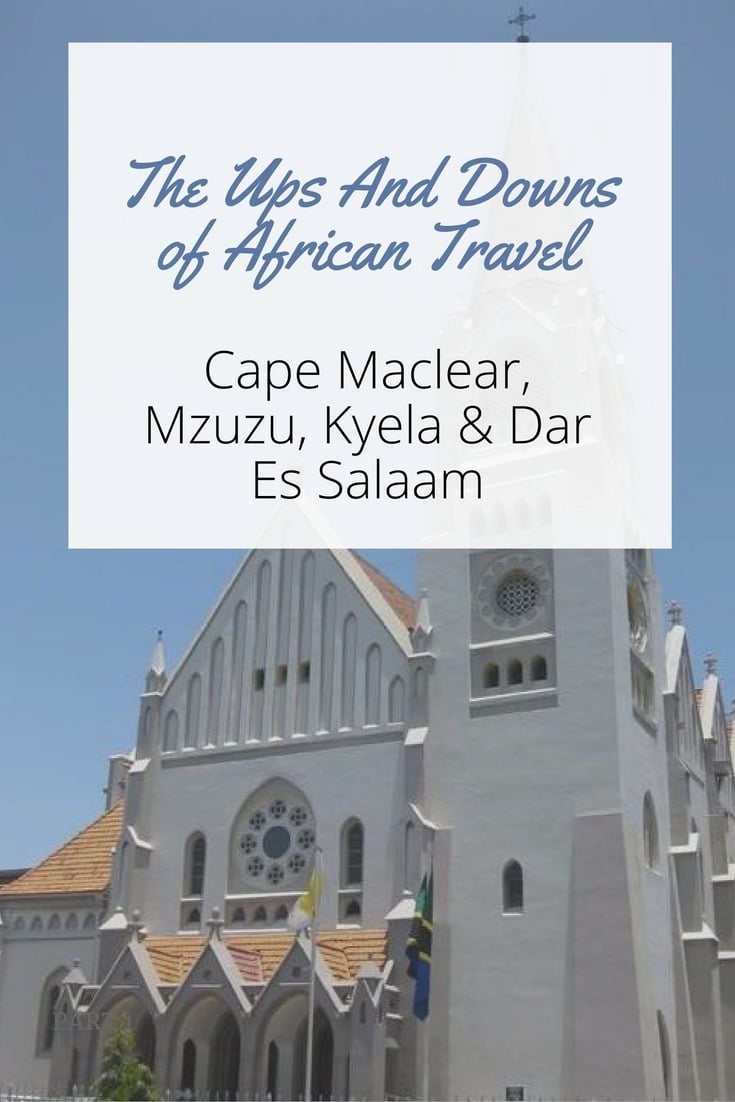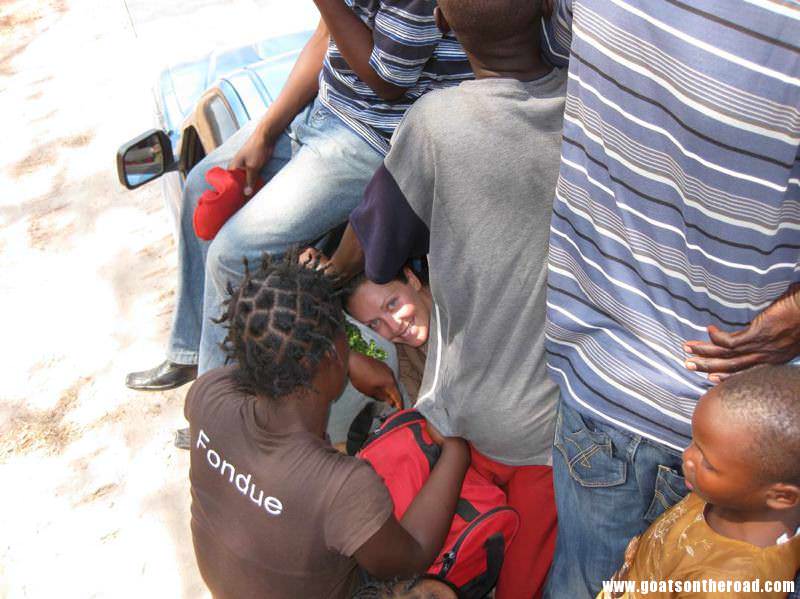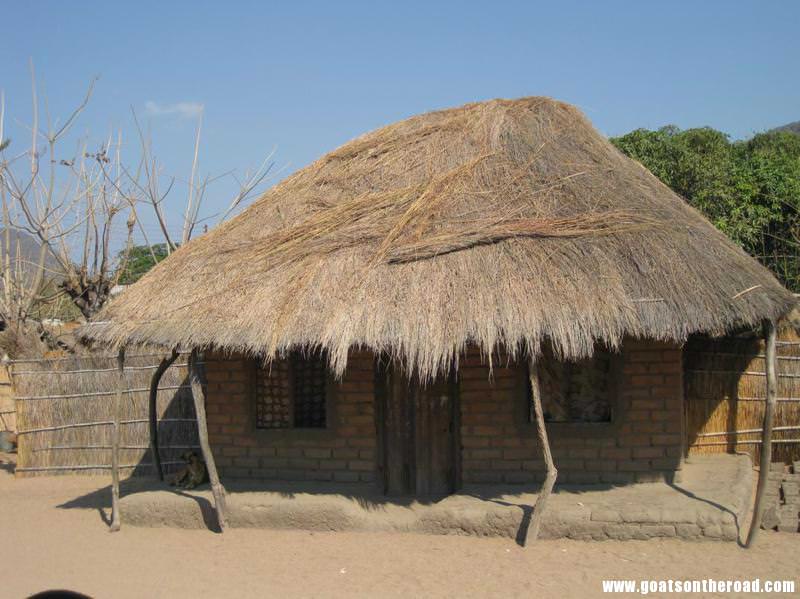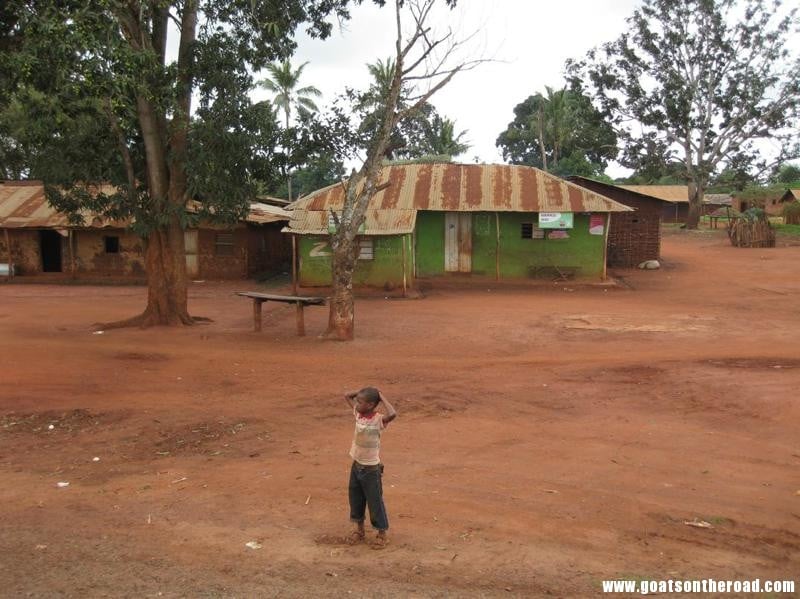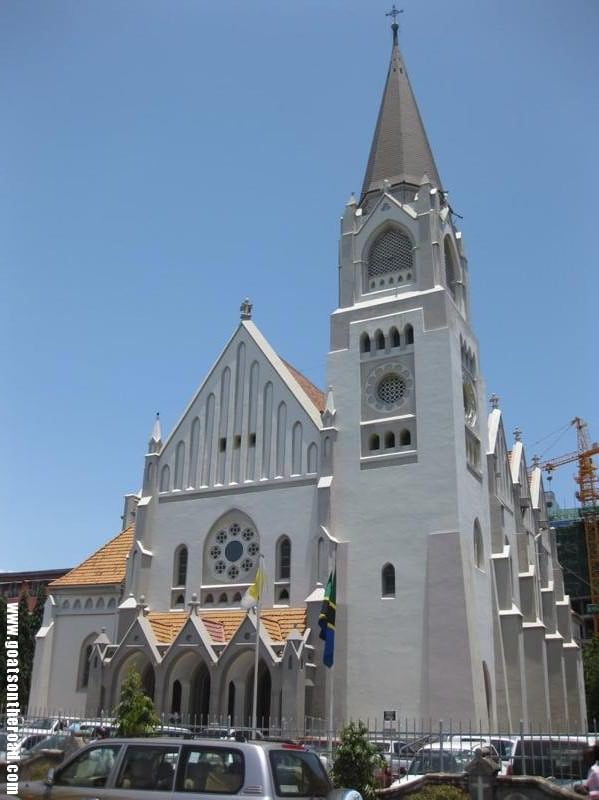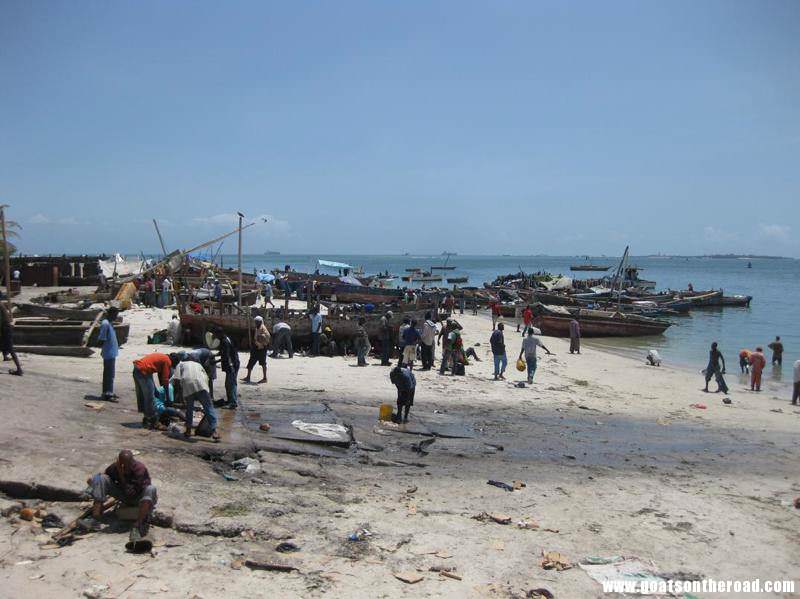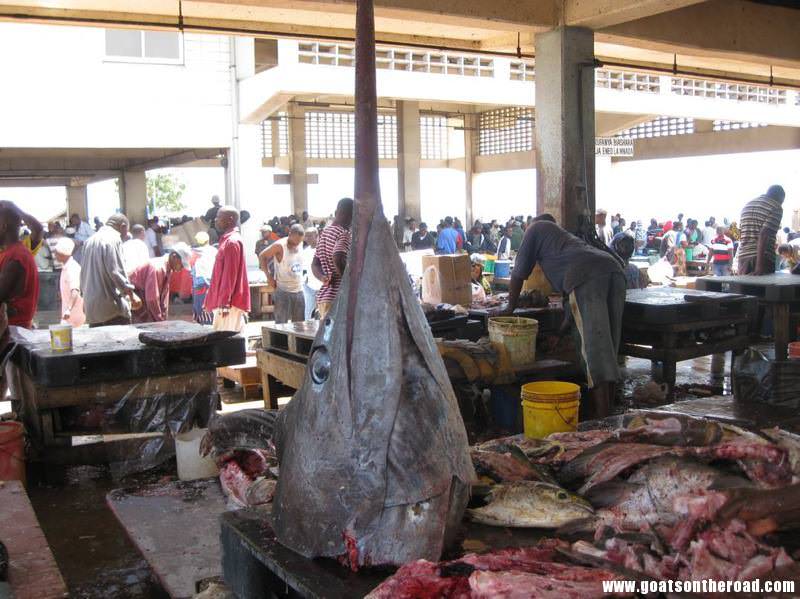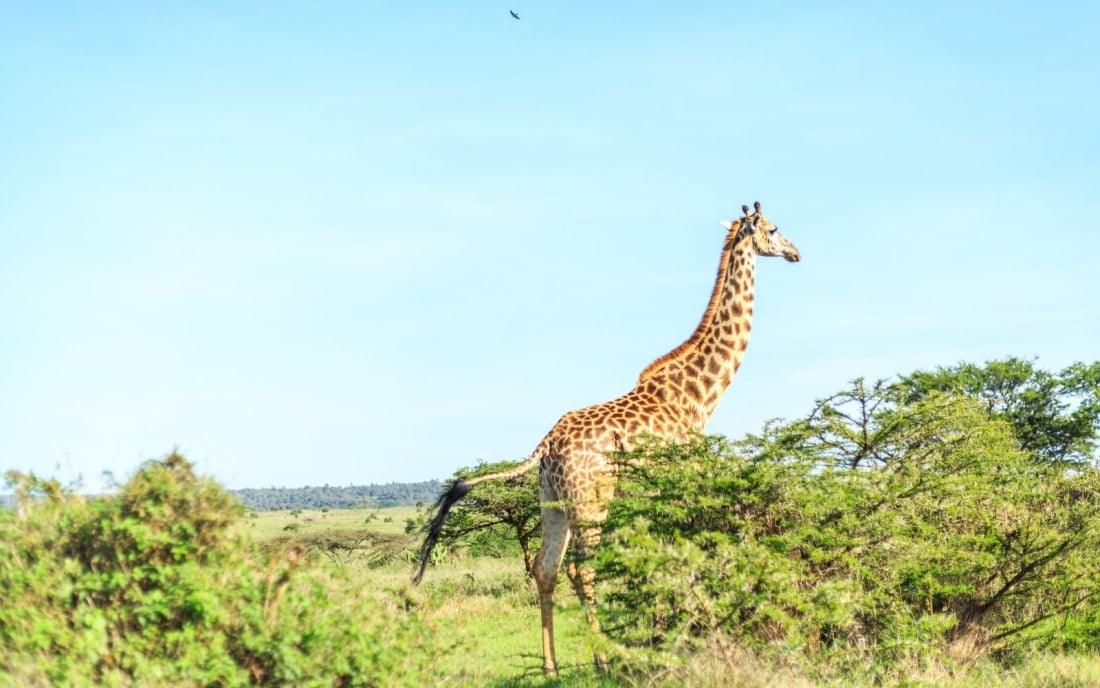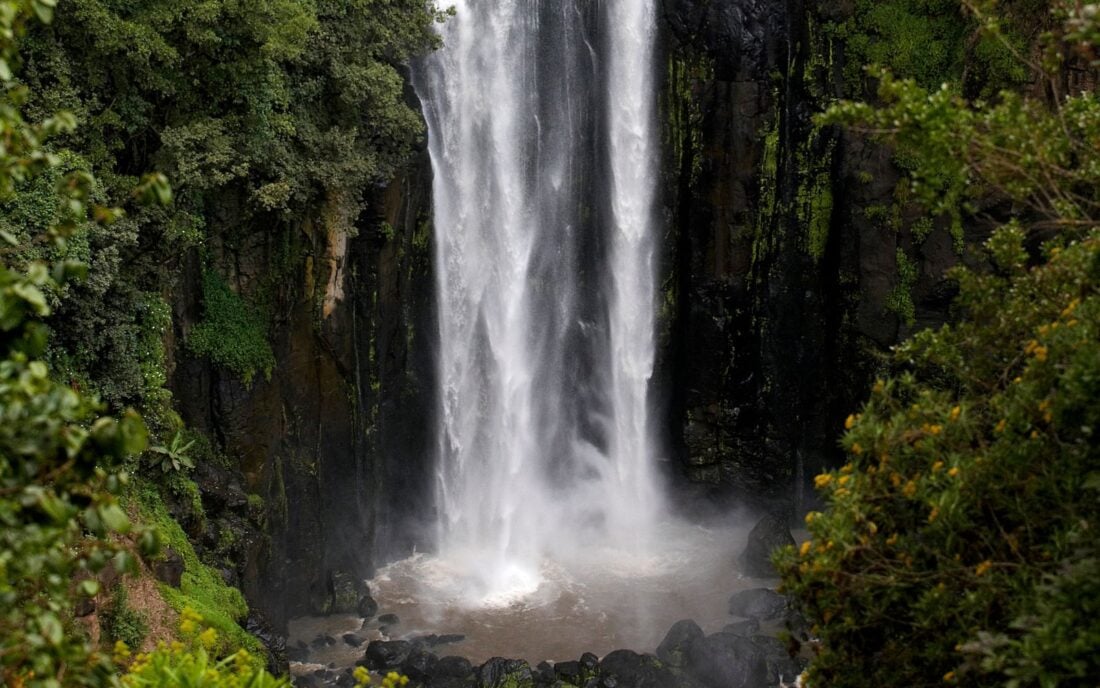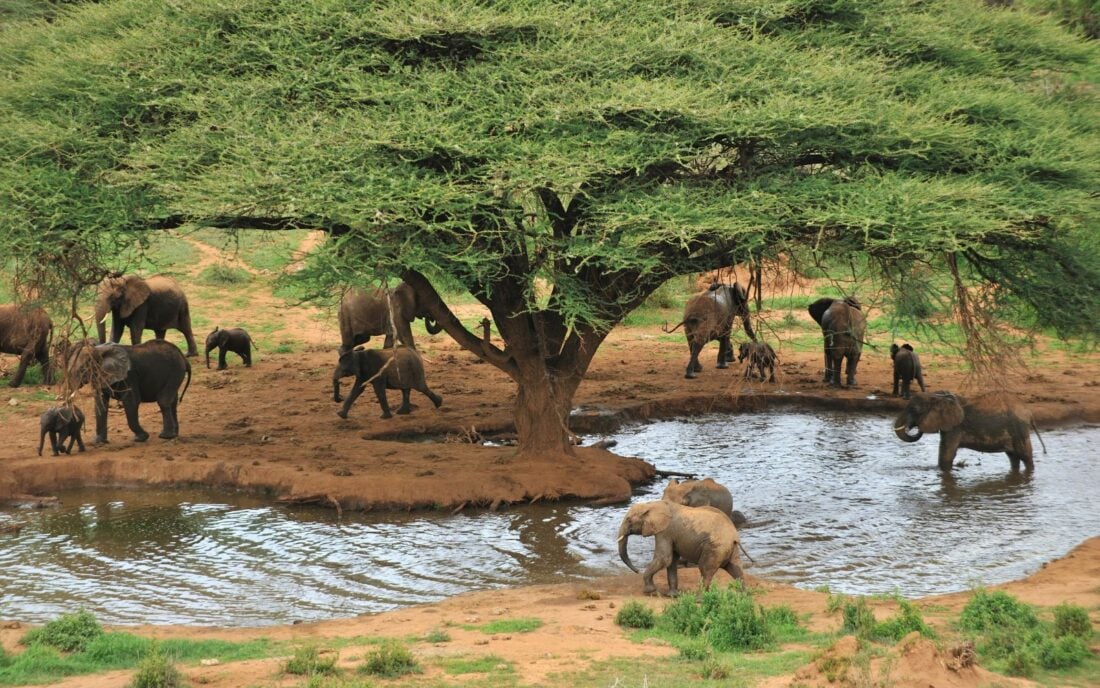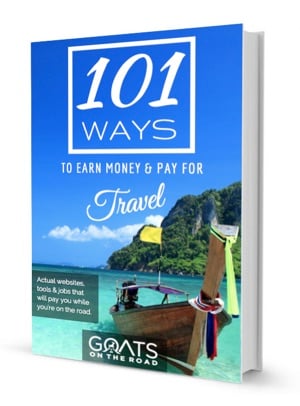Feeling like I was on the mend, we left Cape Maclear at around 5:30 am. We boarded the back of a jam-packed pickup truck for the bumpy 1.5 hour ride to Monkey Bay. From Monkey Bay we boarded a big bus to Salima.
The ride was about 4 hours and while I had a pretty good seat with only a couple people crammed in the aisle, Dariece sat up front where she literally had a woman sitting on her lap for lack of space! When people boarded the bus they put their luggage on her lap to get on, and then proceeded to pass their children to her to be relayed to the appropriate parent or guardian near the back of the bus. She was also in charge of packing up the luggage at the front of the bus.
Needless to say her journey was less comfortable than mine. When we arrived in Salima we had to wait for an hour, politely handing out “no thank-yous” to dozens of vendors selling anything from samosas to staplers. Finally the bus arrived and although we ran to the front of the ensuing mob, when we got on the bus we realised that there still wasn’t a seat.
Suddenly we felt bad for all the times we were cursing the people crammed in the aisle on other bus rides because now we were the ones bumping and falling all over people. The bus was full to the max. And there was nowhere to lay or sit, only standing room to lean and sweat. The bus was incredibly hot and we ended up standing for about 3 of the 6 hour journey.
By the time we sat down our legs were sore and our arms were asleep from holding on to the overhead rails.
When we finally relaxed a bit, we began talking to a local journalist named Benson. After talking with Benson about everything from life in Malawi to God vs. Evolution, he invited us to meet him and his girlfriend for dinner. After talking more we decided to meet at an Indian restaurant in Mzuzu for dinner.
Dariece and I checked into our hotel and headed straight for the restaurant. Benson and his girlfriend showed up shortly after and we sat and ate the delicious food while chatting more about our different lives on opposite sides of the world. When we were done dinner the bill came and Benson insisted on paying.
The meal was even more than Dariece and I would normally spend so I insisted that we pay. Benson was not kidding, he was determined to pay the bill explaining that he invited us so it was on him. This simple act of generosity had a profound impact on our perception of the Malawi people.
We had begun to be disheartened by the social economic barricade we felt between us and the local people. Too seldom in Malawi had we met someone who saw us as a guest rather than a potential client. Benson’s act of kindness was one of the most generous we had experienced.
Have I ever met tourists on a bus in Canada and invited them for dinner and then covered a bill equivalent in local income to around $200? No. It simply wouldn’t likely happen in a Western country. It wasn’t just covering the bill, the genuine friendship he helped forge with us in such a little time was far more valuable.
The next morning Benson saw us off and we exchanged emails and phone numbers before parting ways. We attempted to change money at the banks in town but the foreign exchange in Malawi is a mess (along with the lack of petrol, supplies, medical items, etc.) so we had to try our luck at the border.
We caught a mini-bus from Mzuzu towards the border. The ride dragged on a couple hours longer than it was supposed to before the bus sputtered out and broke down on the side of the highway not 20 km from its destination. Dariece and I got off the bus, made peanut butter sandwiches, and then luckily caught a ride into town with a relative of one of the passengers.
We made it into town before his car ran out of gas and sputtered to a stop, luckily about 500 m from the bus station. We walked to the station and had a transfer ready to go to the border. Again I tried to change money, this time on the black market. Upset with the rate (losing 25%) I decided again to try our luck at the border. The car took us to the border where we were mobbed by bag handlers and tour guides.
After avoiding the harassment we walked about 700m through immigration and through into Tanzania. By this time the sun was going down and we were exhausted. We checked in at immigration and then made a major mistake by skipping the exchange bureau and changing money (for a slightly better rate) with one of the black marketeers at the border.
We had changed black market money before without problems but the hectic atmosphere mixed with our exhaustion was the catalyst for the minor disaster which happened next. We were tactically surrounded by a dozen or so people hollering at us for different services. Buses, taxis, motorbikes, money changing and more. In the confusion we foolishly attempted a transaction.
I kept my money in my pocket while the scammer dished out his currency in front or our eyes. We did the calculation on the phone calculator and all was good. We then swapped stacks of money while he counted the money I had handed him. Then he exclaimed that I hadn’t payed him enough because he said the exchange was 7.5 not 8. I said no that’s not what you said and took my money back and handed him back his.
Thinking I had avoided a deviant, I put my money back in my pocket and walked off frustrated. When we got to the bureau and recounted the money, I quickly realised I’d been duped. While he was holding my stack of notes, in the mass confusion, he folded a quarter of the bills in his palm and when I took my money back from him I was only getting the other 75% of cash while he pocketed the rest.
We lost about $40 to him which doesn’t sound like much, but the fact that we were scammed was extremely maddening. We like to think we are “seasoned” and thus less susceptible to such tricks but we were humbled by our stupidity on this one.
By the time we crossed the border it was pitch black and we were attempting to find a ride to the closest town. Africa is not a place to be wandering around at night so a slight panic began to set in as we were ambushed by an extremely aggressive mob of taxi drivers, private drivers and bus boys.
Luckily a local man who we had met on the taxi ride had seen our disastrous entry into his country so he felt compelled to help. He got us into a ride that took us to the dusty transit town of Kyela where we checked in to a surprisingly clean hotel room. We headed out to find some food and were disappointed, but not surprised, by the substandard chicken (which we didn’t eat) and the pile of cold beans and rice.
It’s times like these in travel, when we get back to our hotel hungry and exhausted, having been crammed into buses and ripped off and yelled at by touts, that we are reminded that it’s not all beaches, beers, and BBQs!
The next day we headed up to another town, Mbeya, where we decided to stay a night and relax a bit after our hectic travel experience the day before. Again we couldn’t find any good food and went to bed on a stomach full of rice and chocolate bars.
The following day we headed to Dar Es Salaam, the capital of Tanzania, on a 12 hour bus ride. We were fully expecting to be crammed in with chickens and luggage but were pleasantly surprised when the bus showed up and everyone had a seat. It was also a new bus with A/C!! Amazing.
We were so used to the painful transport through Mozambique and Malawi that we had forgotten that travel days can be a comfortable, stress free experience. It turns out that this is how the buses are in Tanzania, no more standing in the aisle, no more chickens, and there weren’t even any kids on board. We arrived in Dar Es Salaam at night, took our cab to the Safari Inn Hotel where we checked into our clean room and finally found a decent meal for the first time in 3 days before going to sleep.
We spent 3 days in Dar Es Salaam and again we were mostly busy with our “backpacker errands” we had to run. Organizing a safari, booking rooms, booking buses, sending some emails, dealing with an travel insurance claim etc. We had a chance to visit the local fish market which was one of the best we had seen, mostly for the sheer size of the fish on the tables and the way the fisherman auctioned it off to a table of money tossing customers.
There was one severed swordfish head on a table that was literally bigger than me. I couldn’t imagine hooking into that thing on a fly rod! All in all our first impressions of Tanzania weren’t that good. Getting ripped off at the border, not being able to find food, and staying in dusty towns with nothing more than a donkey and a gas station. Fortunately Dar Es Salaam was a serious step up from the south end of the country and soon we would find out that the rest of Tanzania is a traveller’s haven with great sights and plenty to do.
Like this Post? Pin it!

